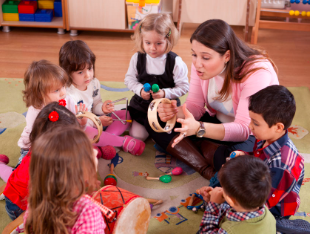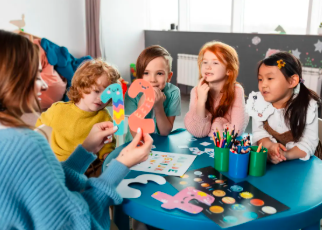Music has long been a joyful part of childhood, but it’s more than just fun. It’s a powerful educational tool that can help children grasp early concepts in a memorable and engaging way. From counting songs to alphabet jingles, music makes learning feel like play.
Young children naturally respond to rhythm and melody. When teachers and caregivers use songs to introduce basic ideas like numbers, shapes, letters, and colors, children are more likely to retain what they learn. For instance, singing the alphabet song helps children remember the order of letters, while songs about numbers make counting a natural part of their daily routine.
Music also supports language development. Singing familiar songs enhances vocabulary, pronunciation, and listening skills. Repetitive lyrics encourage children to participate and anticipate what comes next, building confidence in their communication abilities.
Movement and music go hand-in-hand. Action songs like “Head, Shoulders, Knees, and Toes” help reinforce body awareness and coordination. This multi-sensory approach enhances cognitive and physical development simultaneously.
Incorporating music into early learning doesn’t require special instruments or training. Simple clapping patterns, tapping on desks, or using homemade shakers can all make music interactive and fun. Whether it’s during circle time or clean-up, a song can set the tone and keep children engaged.
Ultimately, using music to teach early concepts adds warmth and rhythm to a child’s educational journey. It sparks curiosity, strengthens memory, and makes learning something children look forward to every day.


